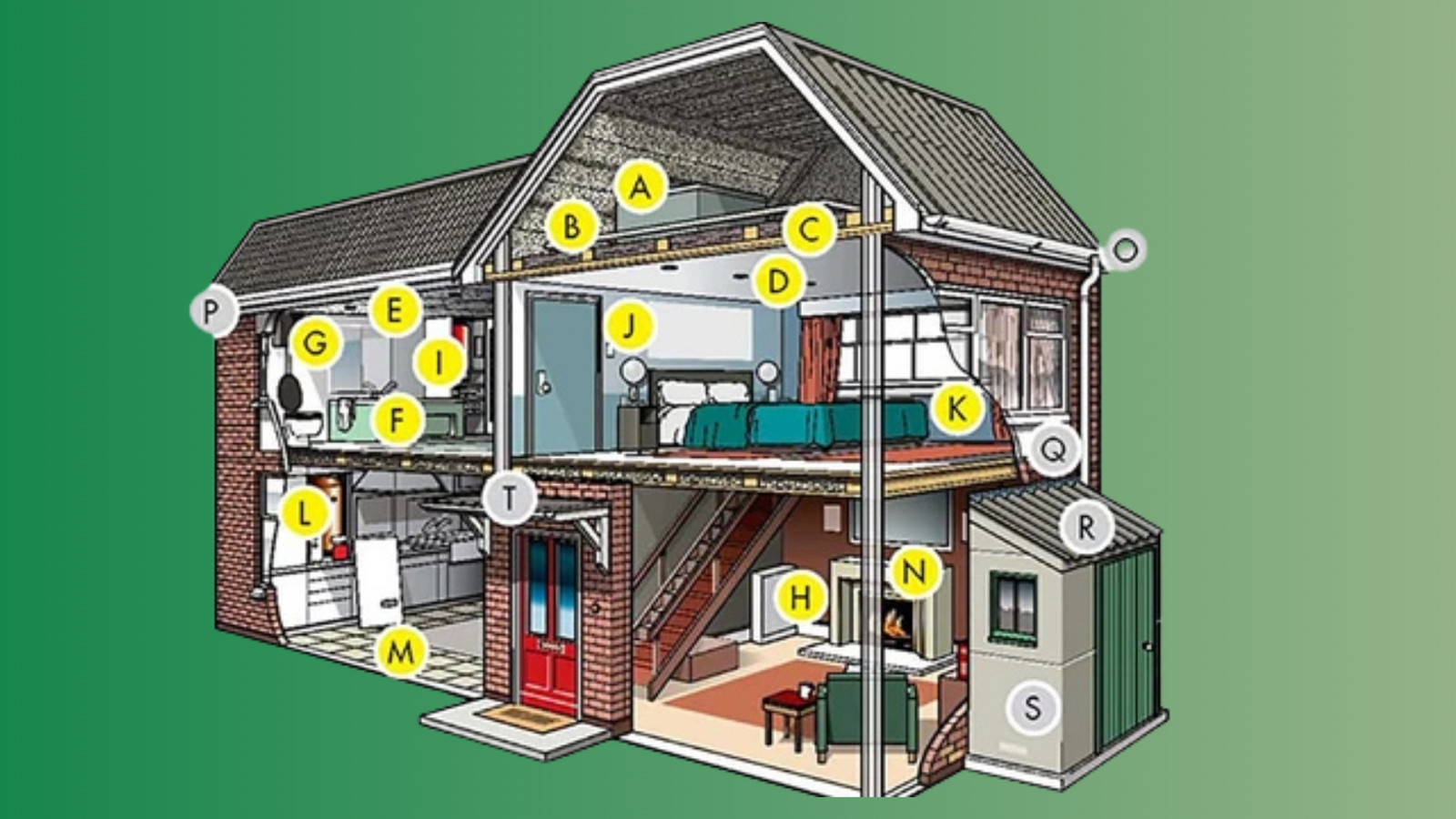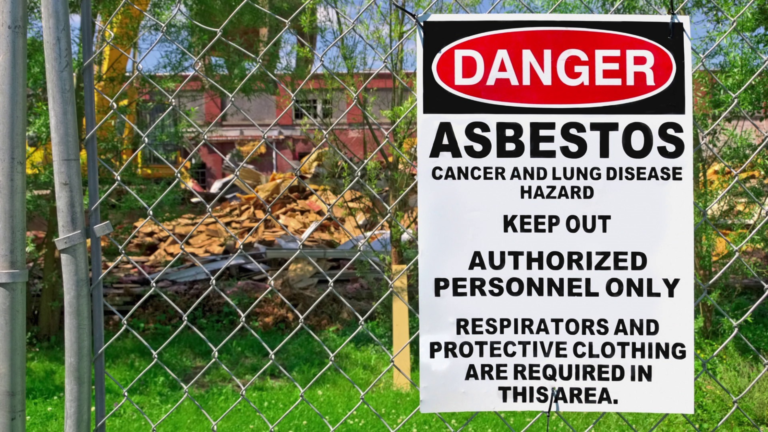A Guide to Asbestos-Containing Materials and Testing Methods
Asbestos is a hazardous material that was once commonly used in a wide range of building products and materials. Due to its durability, heat resistance, and fireproofing properties, asbestos was utilized in everything from roofing shingles to pipe insulation. However, the serious health risks associated with asbestos exposure have led to its ban in many countries, including strict regulations in the U.S. by agencies like the Environmental Protection Agency (EPA).
In this blog, we’ll explore common materials that may contain asbestos, as well as the differences between two primary asbestos testing methods: Transmission Electron Microscopy (TEM) and Phase Contrast Microscopy (PCM).
Common Asbestos-Containing Materials
The EPA has compiled a list of materials that are likely to contain asbestos. While this list is not exhaustive, it provides a general guide to materials that could pose a risk if disturbed. If your home or building contains any of the following, it’s important to consider asbestos testing before undertaking any renovations or repairs:
- Acoustical Plaster
- HVAC Duct Insulation
- Asphalt Floor Tile
- Blown-in Insulation
- Boiler Insulation
- Ceiling Tiles/Lay-in Panels
- Cement Pipes, Siding, and Wallboard
- Decorative Plaster
- Elevator Brake Shoes
- Fireproofing Materials
- Pipe Insulation
- Roofing Shingles and Asphalt
- Vinyl Floor Tile and Sheet Flooring
- Vermiculite Insulation
These materials were commonly used in homes and buildings constructed before the 1980s. If any of these materials are damaged, disturbed, or in poor condition, they can release asbestos fibers into the air, which poses a significant health risk.
The Importance of Asbestos Testing
Asbestos is only dangerous when its fibers become airborne, making proper testing essential before any renovation or demolition work. Asbestos testing involves collecting samples of suspect materials and analyzing them in a laboratory to confirm the presence of asbestos fibers.
There are two main types of asbestos air sampling methods: Phase Contrast Microscopy (PCM) and Transmission Electron Microscopy (TEM). Understanding the differences between these methods is crucial in selecting the right test for your situation.
Phase Contrast Microscopy (PCM)
PCM is one of the most common and accessible methods for asbestos air sampling. It uses a microscope to detect and count fibers in an air sample but cannot differentiate between asbestos and non-asbestos fibers. PCM provides a broad view of airborne fibers but lacks the specificity to identify asbestos. As a result, PCM is often used for initial clearance testing.
While PCM is a helpful tool, it has its limitations. The lower magnification power (400x) means that some asbestos fibers, particularly those that are very thin, may go undetected. Additionally, PCM counts all fibers, whether or not they are asbestos, which can sometimes lead to false positives.
Transmission Electron Microscopy (TEM)
TEM is a much more precise and sophisticated method. By using a powerful electron microscope with a minimum magnification of 20,000x, TEM can detect even the smallest asbestos fibers and differentiate them from other types of fibers. TEM is capable of identifying the specific type of asbestos present in a sample, making it the preferred method for more detailed and asbestos-specific testing.
Because of its accuracy, TEM is often used in situations where a more thorough analysis is required, such as when asbestos is suspected but not confirmed by PCM testing. TEM can also be used to verify whether asbestos removal was successful.
However, TEM testing is more complex, and the machinery required is not portable, making it less commonly used for routine testing.
When to Use TEM vs. PCM
Choosing between PCM and TEM depends on the situation:
- PCM is generally used for initial air quality clearance after asbestos removal or for testing environments where high levels of fibers are present.
- TEM is used when a detailed, asbestos-specific analysis is required or when further testing is needed to confirm the results of a PCM test.
While PCM is a more common and less expensive method, TEM provides greater accuracy and specificity, especially for smaller or more difficult-to-detect asbestos fibers. If asbestos is confirmed or suspected in your property, a professional licensed asbestos inspector can recommend the appropriate testing method based on your needs.
Conclusion: Trust the Professionals for Asbestos Testing
Understanding asbestos and choosing the right testing method can be complicated. Asbestos exposure poses serious health risks, including lung cancer, mesothelioma, and asbestosis. That’s why it’s critical to leave asbestos testing to licensed professionals who have undergone extensive training and government-required certifications.
At S&J Environmental, we use the latest technology and adhere to strict industry standards to ensure accurate asbestos testing and safety for your home or workplace. Whether you’re dealing with potential asbestos exposure or need clearance testing after a renovation, we’re here to help.
Los Angeles County: Pacific Palisades, Malibu, Santa Monica, Calabasas, Agoura Hills, Woodland Hills, Encino, Altadena, Pasadena, Sierra Madre, La Cañada Flintridge, Sylmar, San Fernando, Granada Hills, Porter Ranch
Contact us today to schedule asbestos testing and safeguard your property from the risks of asbestos exposure.


